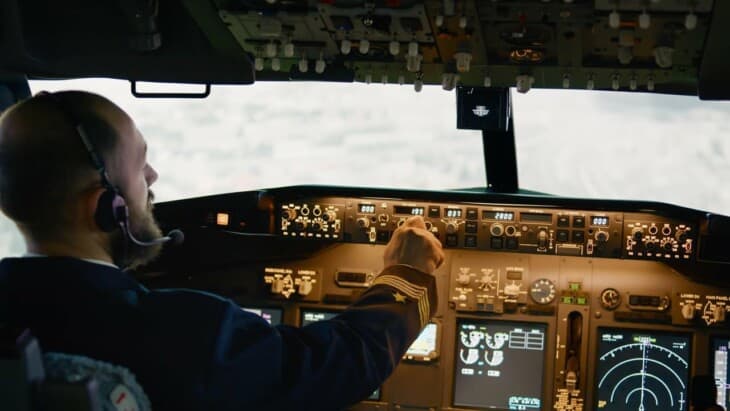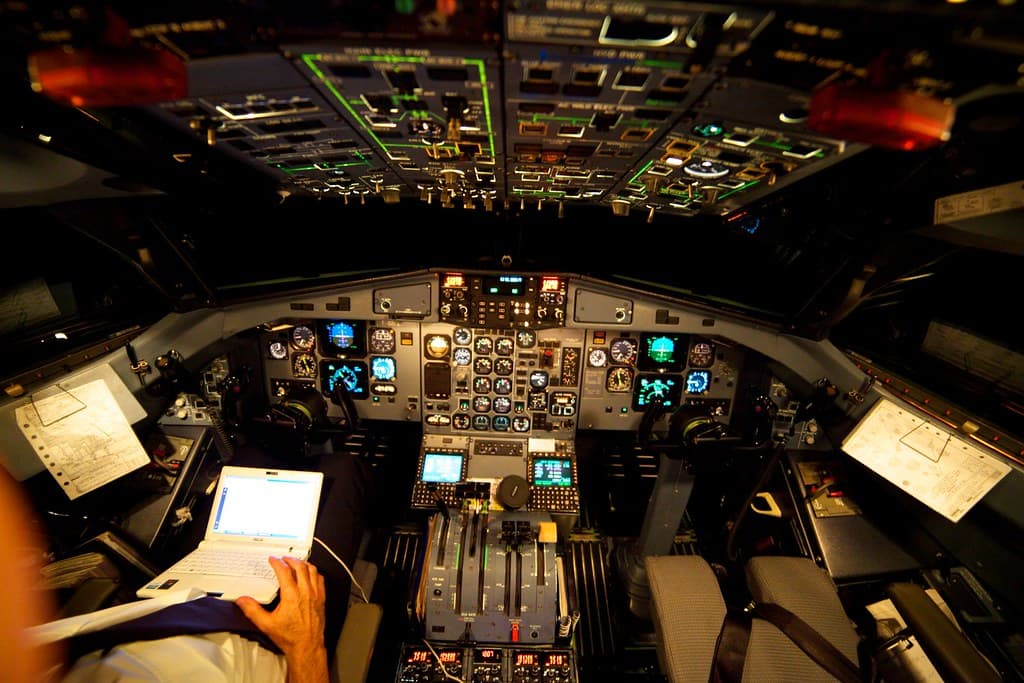Being a pilot is a tough job, especially for commercial airline pilots who have hundreds of people depending on them every time they take to the air. All jobs are hard to do when tired, and piloting a plane is one of the most important ones for maintaining your energy. Therefore, airlines and governing bodies have regulations around how long pilots can fly per day.
Table of Contents
There are strict rules around how long pilots can fly without a break and how long they can fly in a 24-hour period. Pilots can fly anywhere from 8 to 14 hours a day, depending on a few factors, including start time and how many other pilots are on board.
The guidelines around how long pilots can fly are confusing, so here is the breakdown.
How Long Can Pilots Fly Per Day?
The regulations on how long pilots can fly without a break or during the day depend on a few factors. According to the FAA, a pilot flying solo can fly for a maximum of eight hours a day or up to nine hours if the flight starts between 5 and 8 A.M.
Another governing body, the EASA, or the European Union Aviation Safety Agency, calculates how many hours a pilot can be on duty with a table that factors in start time and how many flights the pilot has per day. Pilots who have only a few flights per day can fly for longer because fewer flights are less taxing than more flights, even if the latter flights are shorter.
Another factor that affects how long pilots can fly per day is how many pilots are on board. If there are two pilots on board, the FAA permits pilots to fly for longer, and the hours increase with every additional pilot. For example, four pilots can fly for 17 hours, which is why super long-haul flights often have many pilots. Even if one pilot is fatigued, the others can pick up the slack.
How Long Can Pilots Fly Without a Break In-Air?
Although the FAA, EASA, and other governing bodies limit how many hours a pilot can fly per day, they are not as strict with regulations around when in-flight breaks have to happen. That is because pilots in the cockpit have to decide between themselves when they rest.
On super long-haul flights with three or more pilots, the pilots and cabin crew have a hidden bed for “bunk rest.” After take-off, the first pilot takes some bunk rest, then rotates around the others. It is up to the pilots to decide the order and timing of bunk rest depending on energy levels, although all have to be back in the cockpit, at the latest, one hour before landing.
Bunk rest is usually mandated for very long flights, but there is another form of rest called controlled rest. If the plane is just cruising, one pilot can take an in-flight power nap lasting up to 45 minutes. The pilot stays in the cockpit but moves the seat away from the controls while the other pilot handles the plane.
There are no rules regarding when pilots can take controlled rest, although there are rules about how to take the rest to ensure safety because it is up to the pilot’s discretion according to fatigue levels.
How Long Can a Pilot Be on Duty Each Day?
When looking up a pilot’s working hours, you may have noticed a distinction between flight time and flight duty time. For a pilot, the workday doesn’t begin when the plane hits the air. Pilots have to show up before their first flight to check safety instruments, monitor weather reports, and prepare for flying.
Other examples of non-flying flight duty include greeting passengers before the flight, going through training, traveling to another airport to take over a flight, and even just waiting at the airport to take over a flight if another pilot can’t make it. Although flight duty is not as taxing as flying itself, there are still limits to how long a pilot can be on-duty.
As with active flight time, flight duty time depends on how many flights a pilot has, when the workday started, and how many other pilots are on the crew. The FAA usually mandates that a solo pilot can be on duty for nine to 14 hours.
How Long Can Pilots Fly Each Week?
Regulatory agencies also limit how many hours a pilot can fly each week or month. For example, the FAA limits commercial pilots to a typical schedule of 85 flight hours per month and 80 hours of ground duty.
Agencies such as the FAA mandate how many hours a pilot must have off in between flights and per week, which depends on the length and number of flights on the pilot’s roster.
Related Posts












